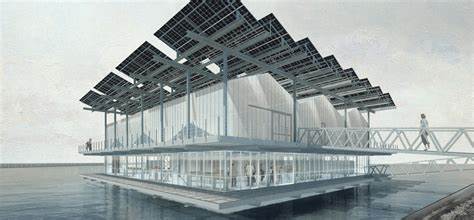The Benefits of Custom Home Building in Utah vs. Buying a Pre-Built Home
Buying a home is one of the biggest investments you will make in your lifetime. One of the first decisions you need to make is whether to buy a pre-built home or build a custom home. While both options have their pros and cons, there are some significant benefits to building a custom home that you should consider before making your decision.
Customization
The most significant benefit of building a custom home is the ability to customize every aspect of your home to your specific needs and preferences. The pre-built homes available on the market today are built to appeal to a broad range of buyers, which means they may not meet your unique needs. With a custom home, you can design the layout, choose the finishes, and select the features that are most important to you. This level of customization ensures that you get the home of your dreams, rather than settling for something that may not be perfect for your family.
Quality of Materials
When you build a custom home, you have control over the quality of the materials used. Many pre-built homes are constructed with low-grade materials to keep the cost down, which can lead to issues down the line. With a custom home, you can choose high-quality materials that will last for years to come. This not only ensures that your home will be built to your standards, but it also adds value to your investment.
Energy Efficiency
Building a custom home also allows you to incorporate energy-efficient features into the design. This is becoming increasingly important as homeowners look for ways to reduce their carbon footprint and lower their energy bills. From high-efficiency HVAC systems to solar panels, there are many options available to help you build an energy-efficient home that will save you money on your utilities in the long run.
Lower Maintenance Costs
A custom-built home is also likely to have lower maintenance costs than a pre-built home. When you build a custom home, you have control over the quality of the materials used, which means you can choose materials that are more durable and require less maintenance. This can save you money on repairs and maintenance down the line, and it can also save you time and hassle as you won’t have to spend as much time maintaining your home.
Future-Proofing
When you build a custom home, you can also future-proof your investment by incorporating features that will be in demand in the future. For example, you can install wiring for smart home technology, add a home office or gym, or incorporate aging-in-place features. This ensures that your home will be able to meet your needs for years to come, even as your family grows or your needs change.
In conclusion, building a custom home offers many benefits over buying a pre-built home. From customization to energy efficiency to future-proofing, a custom home is an investment that will pay off in the long run. While building a custom home may require more upfront investment, the benefits are well worth it, and you will have a home that is truly your own.
Conclusion
If moving forward with a custom home in Utah feels good for you, the next step is to seek out a builder. There are many that can do a good job, but if you want our top recommendation of someone who is a great balance between luxury and budget conscious, here’s our favorite Utah custom home builder.
For another perspective on this topic check out this video:


